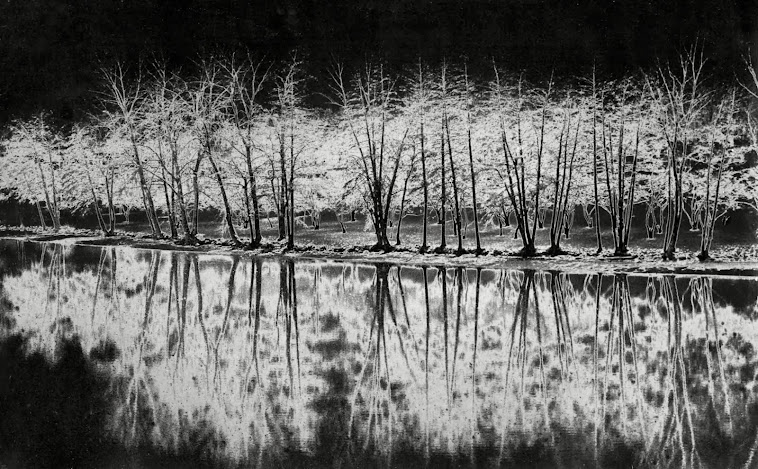In 1918, the Erie Canal was re-routed to bypass downtown Rochester. In 1919 the abandoned portion of the canal was bought to serve as the core of a new subway, which was built below it. Thus, the subway was constructed in the bed of the old canal and the subway's roof became Broad Street. Only two miles (3.2 km) of the route through downtown were in the tunnel, the rest was in the open. As such, the Rochester Subway operated from 1927 to 1956. It was a light rail transit line, and the car was basically a trolley [Strassenbahn]. After its closure, portions of the right-of-way were used for expressway construction, while the rest was abandoned and filled in over the years. The largest remaining section is a stretch of the underground tunnel under Broad Street from Exchange Street to the intersection of Court Street and South Avenue. The first image is an exterior shot of a portion of the tunnel. Below that is a shot from the outside looking into the tunnel.


In recent years, the abandoned tunnel has proved to be a draw for the homeless and local artists who have adorned its walls and columns with ‘graffiti’, notwithstanding the fact that it is not generally open to the public. However, there are occasions when access is granted. The remaining images in this new mini-series, Rochester’s Abandoned Subway, were shot in early October during such an occasion; viz. the Rochester River Romance celebration.
The top image was taken at the approach to the tunnel [located at South Ave.]. Already one is greeted with graffiti, the best of which is inside, where I will take you next week.
On a serious note, the City has not reached a decision as to the future of the tunnel. Some of the suggestions out there include: leaving it as is, turning it into an arts museum, developing it for shops and restaurants, filling it in with earth or refilling it with water.
























